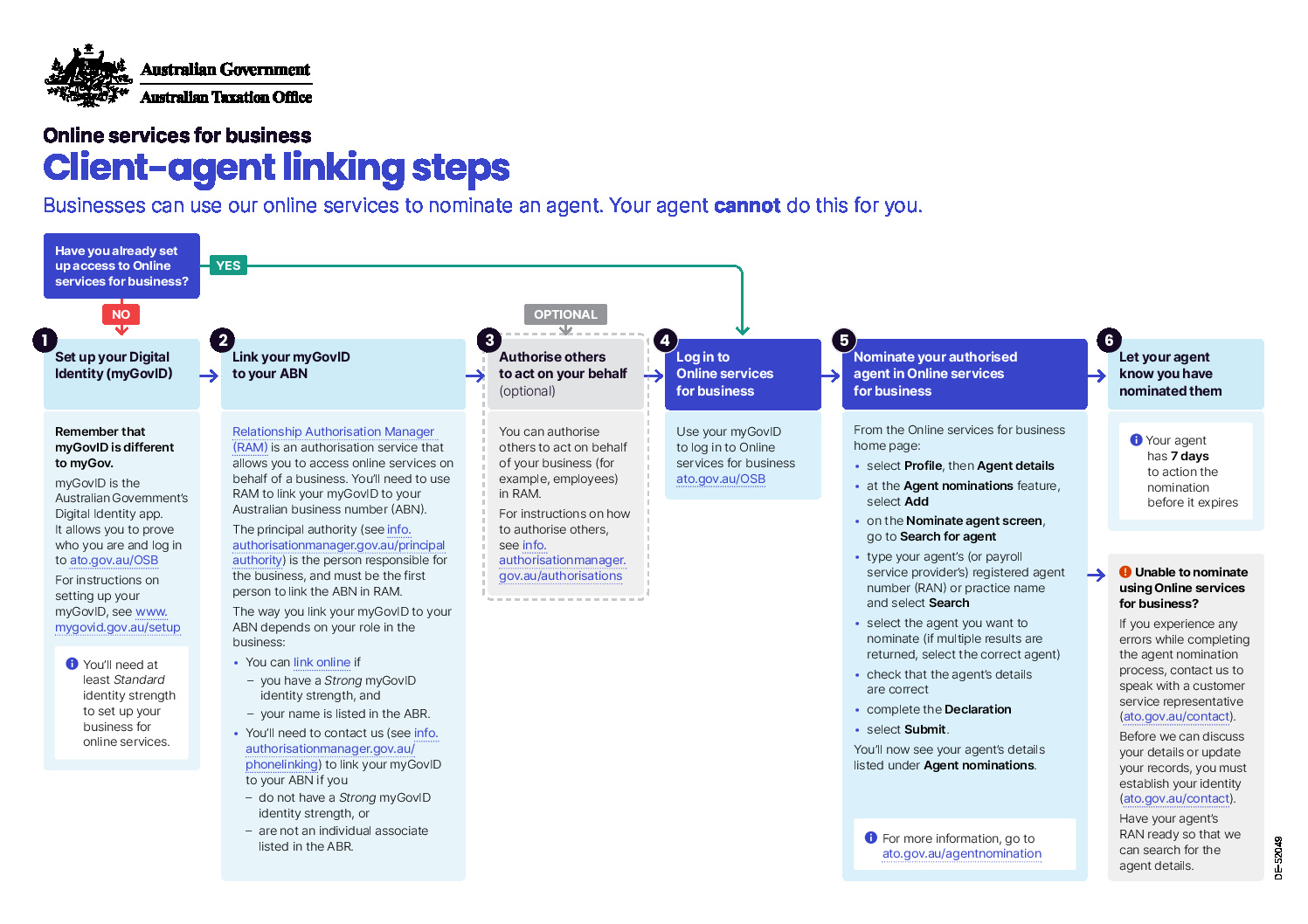Negative gearing remains a popular strategy amongst investors, particularly for those in the residential property market. Often, but not always, these investors are high income earners looking to invest for future capital growth while reducing their annual income tax bill.
What is Negative Gearing?
Gearing refers to the borrowing of funds to invest. Usually, it’s to buy large expensive assets such as residential property or a share portfolio, which would be difficult to otherwise afford. It can accelerate the wealth creation process as you now have a larger capital base on which to earn investment returns – however if your investment falls in value, it will also magnify your losses.
Negative gearing is where the income earned from the investment does not cover its ongoing costs, so you are in effect losing money in the deal. Still interested? Well, I should add that tax incentives can ease the pain, but ultimately you will only make money if the investment has merit and grows in value by more than the ongoing cash-flow losses. Don’t forget to factor in the CGT bill at the other end when calculating your potential profit – or if the worst does happen, how you can best utilise a realised capital loss.
What else should you keep in mind when considering a negative gearing strategy?
- Running costs are tax deductible as long as the investment is in income producing assets. The largest of these is usually interest charges on the loan, but could also include maintenance and repairs for a property, depreciation, and advice or management fees on a managed portfolio.
- Understand the market you are investing in (whether it’s property or shares), the risks you are taking, and do your homework on what kind of profit you can reasonably expect. It’s easy to get it wrong, and takes some time and effort to prepare yourself before you invest. Make sure you undertake adequate research into the various options and what is likely to have the largest impact on returns – and remember there are many sub-markets in the residential property market alone!
- Know your breakeven point before you start, and make sure you have sufficient financial reserves to cover gaps in investment income or sudden increases in interest rates. Before you can know where to start, it helps to have a picture of where you would like to finish. This is an essential element in goal setting. As the old saying goes… you make your money when you buy an asset, rather than when you sell it. Likewise, it’s imperative to have enough money to serve as a back-up in case things don’t go quite as planned.
- Educate yourself, learn from the success of others, and most importantly seek professional advice on your investment strategy and tax position to make sure you are getting the most out of this strategy. Start by reading the financial press in your area of interest and following the market trends. Getting good advice or at least finding others who have been there already and are willing to share their wisdom can save you a lot of pain later from learning the hard way.
- Before committing, consider other options to create capital growth – e.g. contributing to your superannuation or sub-dividing an existing property. There are other ways of creating wealth! Some are slower and arguably less exciting, but if you have some time on your side there is a lot to be said for steadily growing your wealth. For one thing it can allow you to better manage the risks and reduce costs.
- Plan ahead and be prepared to remain invested for the long term – the required capital growth may take many years to occur, and will be subject to fluctuations in value along the way. Discipline is the key here! Stay the course and don’t get distracted or unnerved by “noise”. The investment world can be subject to fashions and hype around the next ‘big thing’, or else focus too much on the latest data release forecasting a gloomy outlook. Sure, don’t ignore it, but evaluate and assess whether you need to take action. Again, consult your seasoned experts or advisers for a reality check.
If you would like more information on Negative Gearing and how you can make it work for you, get in touch with us today.












